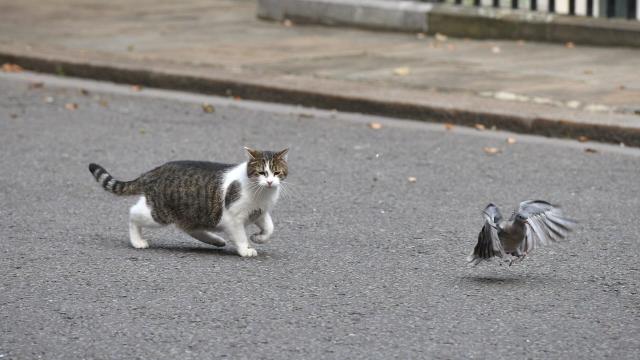It has been thousands of years since the first cats were domesticated, but we still don’t seem to have much control over them. Many people let their cats come and go as they please, perhaps forgetting — or not caring — that domestic cats kill billions of birds and mammals each year. Over half of pet cats in the U.S. spend time outside, and worldwide the animals have contributed to the extinction of at least 33 species, according to the U.S. Fish and Wildlife Service.
Feral cats may be the worst offenders, but pets that are allowed to roam outside also harm wildlife. The situation in Australia is so dire that officials have proposed killing some 2 million feral cats to stop their assault on endangered species. In the U.S., there are many programs aimed at reducing feral cat populations by trapping, neutering, and releasing them — but the Fish and Wildlife Service warns that such programs do not actually protect native fauna from the cats.
Sadly, it’s already too late for dozens of species, including the Stephens Island wren (a flightless songbird), the crescent nailtail wallaby, and the adorable desert bandicoot. Here, we highlight just a few of the many species currently threatened by outdoor cats.
Orange-Bellied Parrot
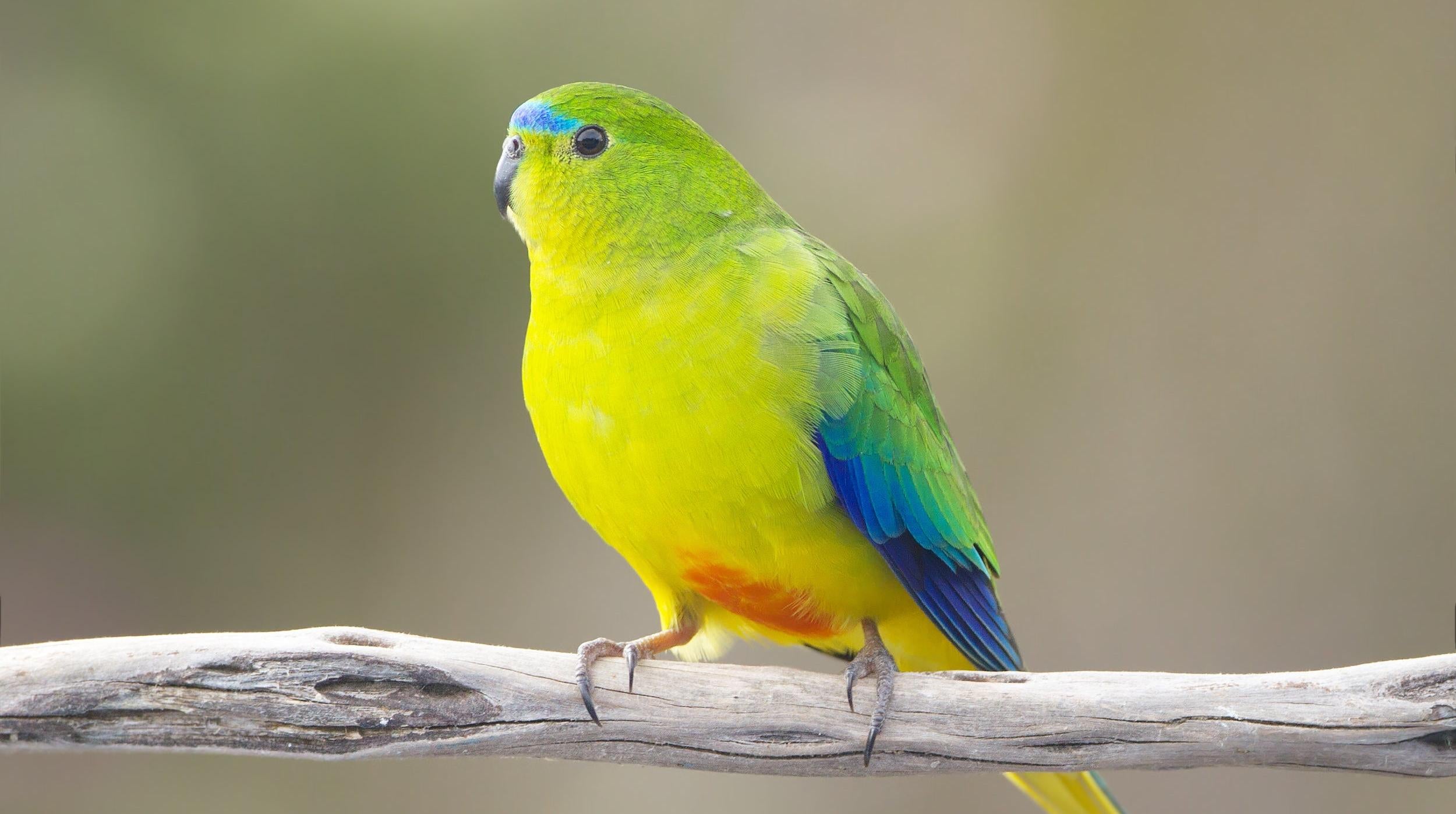
This dazzling bird is a migratory parrot native to Australia. It’s been critically endangered since 2007, and a captive breeding program exists to help boost its numbers. But even in captivity, they aren’t safe from felines. In 2013, a cat snuck into an aviary holding the birds; according to Australia’s ABC News, a veterinarian said the birds died of head trauma, perhaps flying into walls in an attempt to get away.
Numbat
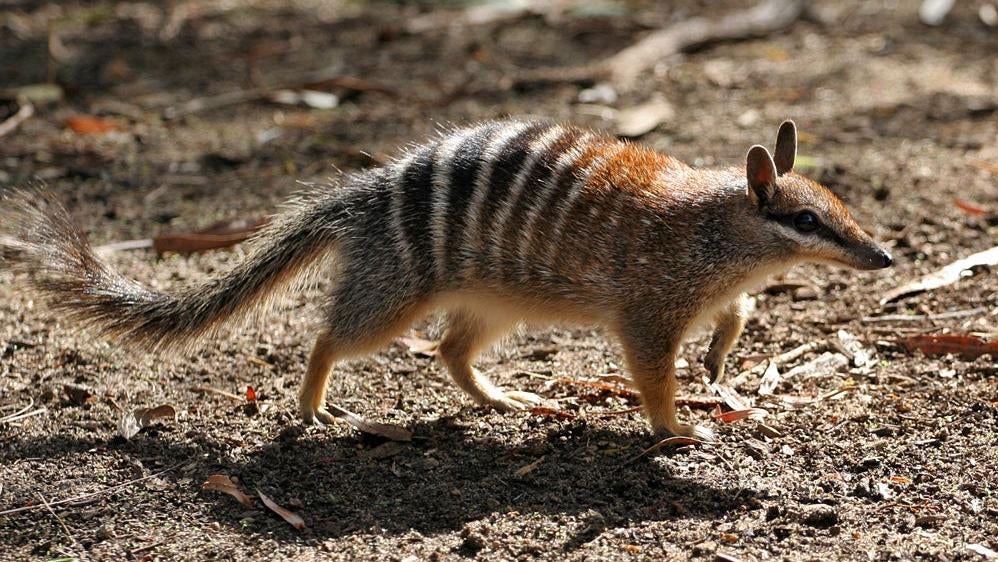
The numbat is the endearing marsupial anteater of Australia. Looking like a cross between a squirrel and a thylacine (aka the extinct Tasmanian tiger), the numbat is endemic to Western Australia. Fewer than 1,000 individuals are thought to be alive today, and they are under threat from feral cats as well as foxes and habitat loss.
Otago Skink
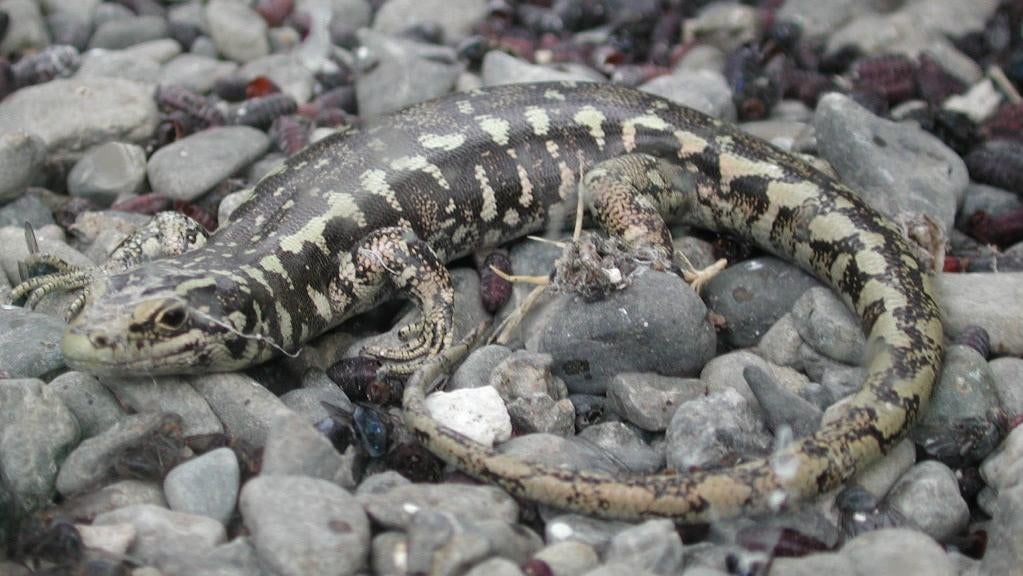
The Otago skink is one of many reptiles in New Zealand threatened by feral cats. Island species in particular are vulnerable to invasive cats and rats. (Such was the case of the dodo, found only on the island of Mauritius. When efficient invasive predators like pigs and macaques arrived with sailors, the bird had no chance). The Otago skink can grow up to a foot long, and there may be about 2,000 still alive. Like most animals on this list, the skinks didn’t evolve to avoid predation by cats, making them easy targets.
Kākāpō

The feathered avocado that is the kākāpō is also endemic to New Zealand. The bird is a flightless, nocturnal parrot that is bad at sex and highly inbred. The species has managed to survive thanks to admirable conservation efforts that have been ongoing for decades. But cats like to eat the girthy birds, which cannot fly away and don’t recognise the felines as a threat.
Key Largo Woodrat

The Key Largo woodrat is an endangered rodent only found in southern Florida. According to a webpage of the Fish & Wildlife Service, “A captive breeding program with the assistance of Lowery Zoo and Disney’s Animal Kingdom was conducted from 2002 until 2012 with the hope of captive releases into the wild. Unfortunately, all the released woodrats fell victim to predators, primarily feral and free-ranging cats.”
Nene
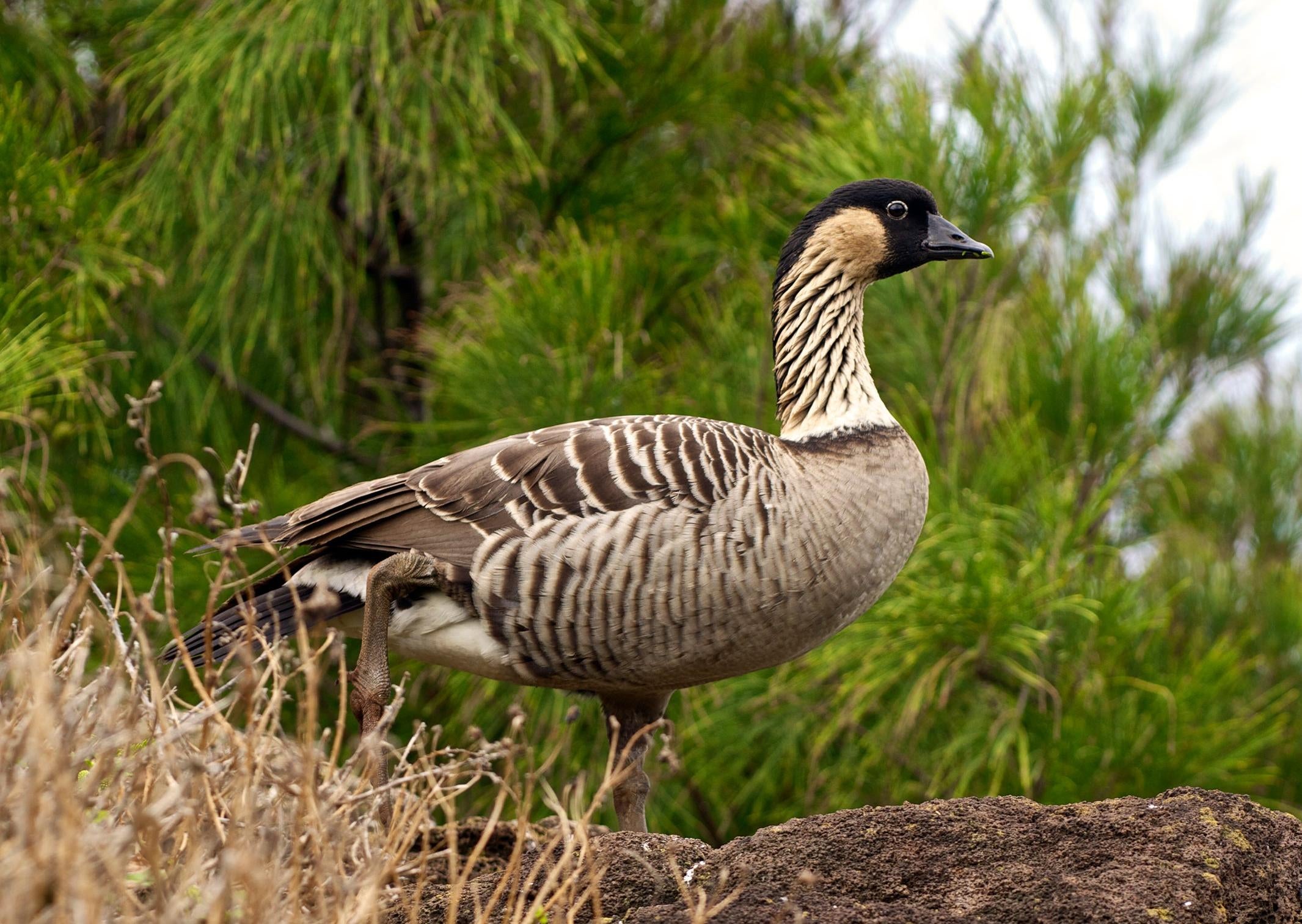
The nene is the official bird of Hawai’i and is endemic to the island chain. A chunky black-and-white goose, the nene was at the brink of extinction in the 1960s, with just 30 birds left in the wild, due to introduced predators including cats and mongooses. Today, the animals have rebounded, but they face another cat-borne threat: the T. gondii parasite, which is spread by cats and is linked to the deaths of nene as well as endangered Hawaiian monk seals.
Chinese Mountain Cat

Endemic to the Tibetan Plateau, the Chinese mountain cat looks a lot like a house cat but for its lynx-like ears, bushy tail and surprisingly blue eyes. The feline subspecies — Felis silvestris bieti — is genetically distinct from feral cats (Felis silvestris), but some worry that this wild animal may lose its genetic diversity as feral cats mate with it, eventually watering down the Chinese mountain cat’s genetics into oblivion.
Florida Panther
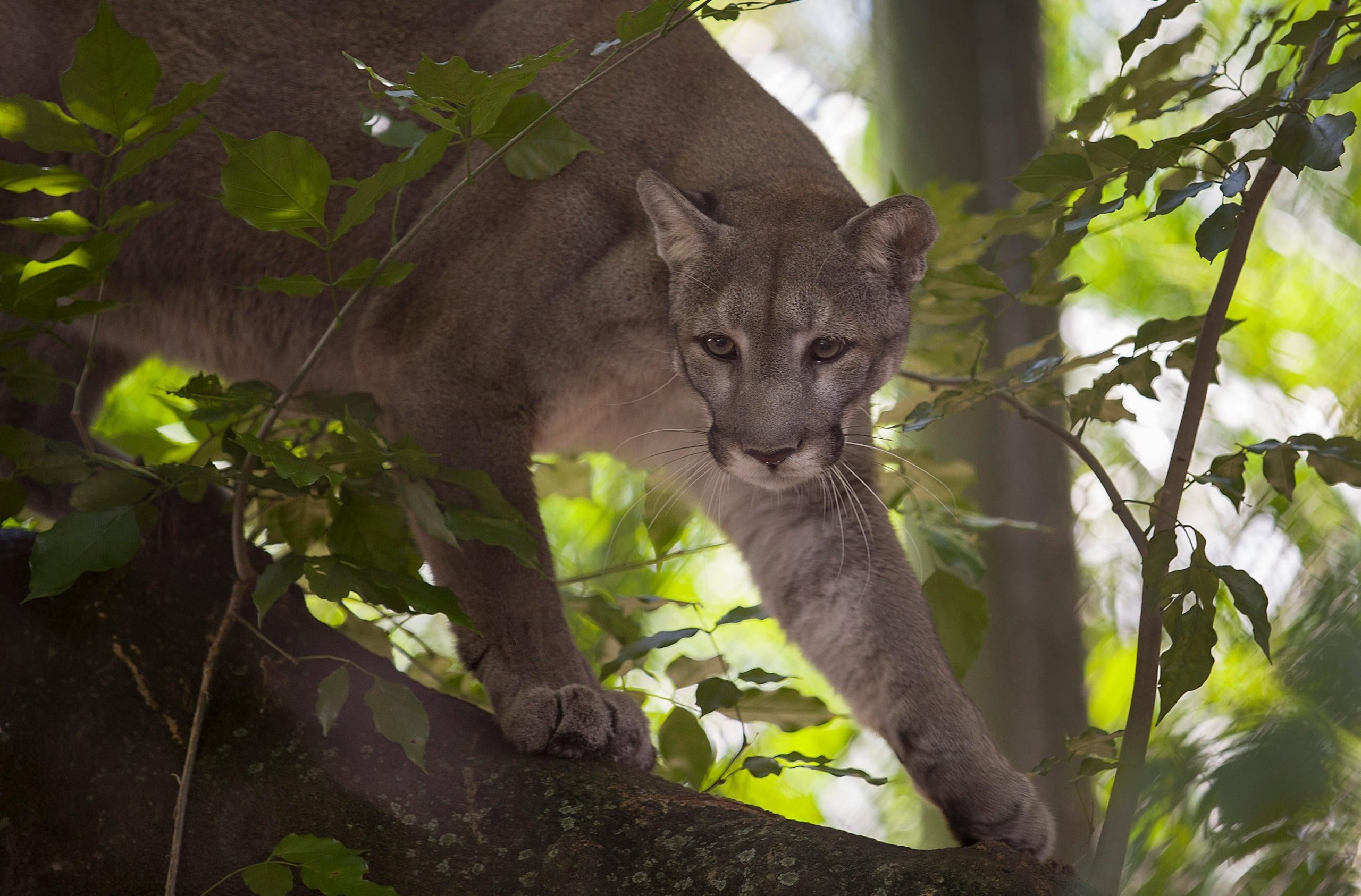
I know what you’re thinking: There’s no way a house cat could take down a panther. But sometimes warfare is biological. In 2008, a team of researchers reported that an outbreak of feline leukemia virus in the endangered Florida panther could be traced back to domestic cats; the outbreak killed five panthers — a significant hit, considering there are barely 200 left in the wild. While feline leukemia alone may not be the death knell for panthers, this is how extinction sometimes happens, with the compounding effects of different threats.
